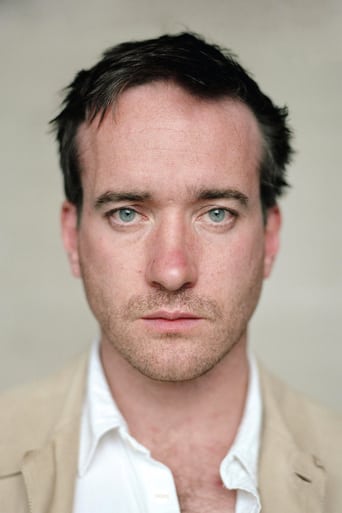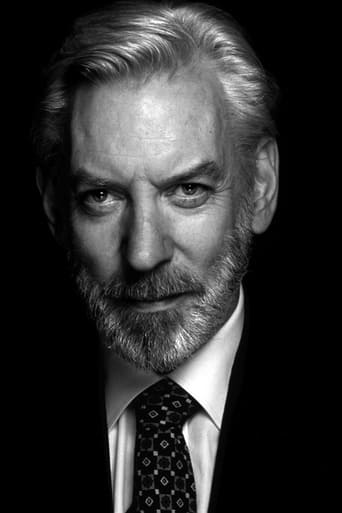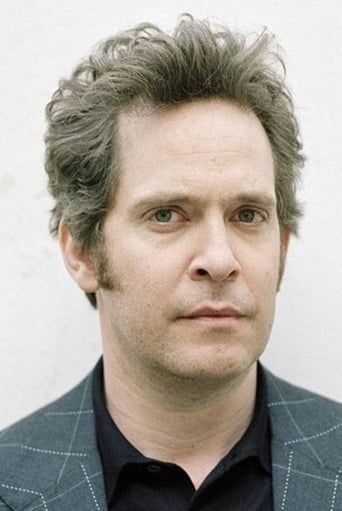chickennoodlesoup9
"It is a truth universally acknowledged, that a single man in possession of a good fortune, must be in want of a wife." Everyone knows this notorious line as the beginning sentence for Jane Austen's Pride and Prejudice. The beloved novel about Elizabeth Bennet falling in love with the man she had sworn to hate, has captivated readers for over 200 years through its classic themes of love, humor, and early 19th century English culture. Many have tried to capture the story's magnificence through film. From 1938 to 1996, there has been over ten movies and television shows based on the novel. There has even been parodies of the story such as "Bride and Prejudice" and "Pride and Prejudice and Zombies." Nevertheless, the 2005 movie, featuring Keira Knightly and Matthew Macfardin, is by far the best film version of the novel that perfectly transports from paper to television the wit and emotions of the characters and the beauty of the setting. Jane Austen has written many novels about women, love, and domestic life in England during the turn of the 19th century. Pride and Prejudice is particularly one of her best works. The story follows the ladies of Longbourn estate, namely the second oldest of the five daughters, Elizabeth Bennet. She learns the wrongness of hasty judgment when she meets the incredibly wealthy and seemingly ill-mannered Mr. Darcy. Jane Austen is able to depict the fawning and flattering of a neighborhood full of young eligible women when a man from an affluent society comes to town during the British regency. Such an iconic novel has left Hollywood trying copy the story's delight. Only Joe Wright, director of 2005 Pride and Prejudice, was able to bring the novel justice.One reason the the film is so superb is the characters. The movie was cast to such perfection that I thought characters jumped right out of the book and onto the big screen. The stubbornness, poise, gracefulness, intelligence, and beauty of Elizabeth Bennet is flawlessly personified in leading actress Kiera Knightly. The arrogance, egotism, and kindness of Mr. Darcy is wholly seen in leading actor Matthew Macfardin. The silliness, chaos, and affection of the Bennet family- Rosamund Pink as Jane, Cary Mulligan as Kitty, Talulah Riley as Mary, Jena Malone and Lydia, Donald Sutherland as Mr. Bennet, and Brenda Blethyn as Mrs. Bennet- is achieved to such perfection that the movie scenes that take place in Longbourn Estate, the Bennet's house property, will make you cry and laugh out loud. Even the performance of Tom Hollander makes you want to cringe as his character Mr. Collins, the awkward and silly cousin of the Bennets, proposes to Elizabeth. Without such a cast, the movie would be just another Hollywood producer tIn addition to the cast, the music perfectly sets the peaceful and calm mood of early 19th century English countryside, and it embellishes the ever-changing emotions of the characters. The soundtrack is an arrangement of classical piano and orchestra music, composed by Dario Marianelli. The movie starts off with Elizabeth Bennet walking and reading in an empty field while a piano piece by Andrew Lapp, titled "Dawn," plays in the background. This opening scene immediately captivates the audience. Due to the music, the watcher is immediately set in the beauty and serenity of the English countryside and in the peaceful thoughts of the protagonist, Ms. Elizabeth Bennet. The music has also enhanced other powerful scenes in the movie, including Mr. Darcy and Elizabeth's dance and field scene, in which the two admit their feelings for one another. Marianelli's work for the film has even gotten him an Oscar nomination for "Best Achievement in Music Written for Motion Pictures" and two World Soundtrack Academy nominations for the film. Nevertheless, the filming is by far the best part of the movie. When reading a novel, the author is able to explain and clarify the thoughts and feelings of the characters. However, on film the director does not have the luxury of doing so. Despite this, Wright flawlessly rendered Austen's writing. His vision and creativity has made it both clear and mysterious to the audience the thoughts and emotion of the characters at moments where others have made it ambiguous. For instance, during the scene in which Darcy and Elizabeth dance together at the second ball, the scene suddenly changed from the two dancing together in a crowd of people to the two dancing together in an empty ballroom, showing how they are focused only on each other despite the multitude of people around them. I am particularly fond of the way Wright showed the passage of time: Elizabeth spinning on a swing watching the seasons go by. Such originality and artistry has made this film the best version of Pride and Prejudice. Even though you can choose to watch many different film versions of the novel Pride and Prejudice, I recommend the StudioCanal 2005 film featuring Kiera Knightly. Unlike the others, it has been nominated for 34 awards, and has won six: Boston Society of Film Critics for 'Best New Filmmaker', British Academy Film Awards for 'Most promising Newcomer', Empire Awards for 'Best British Film' and Best Newcomer', London Film Critics' Circle for 'British Director of the Year' and "British supporting actor of the year". Many say the book is better than the movie. However after watching this magnificent version of Pride and Prejudice, one would argue the movie is better than the book.
















